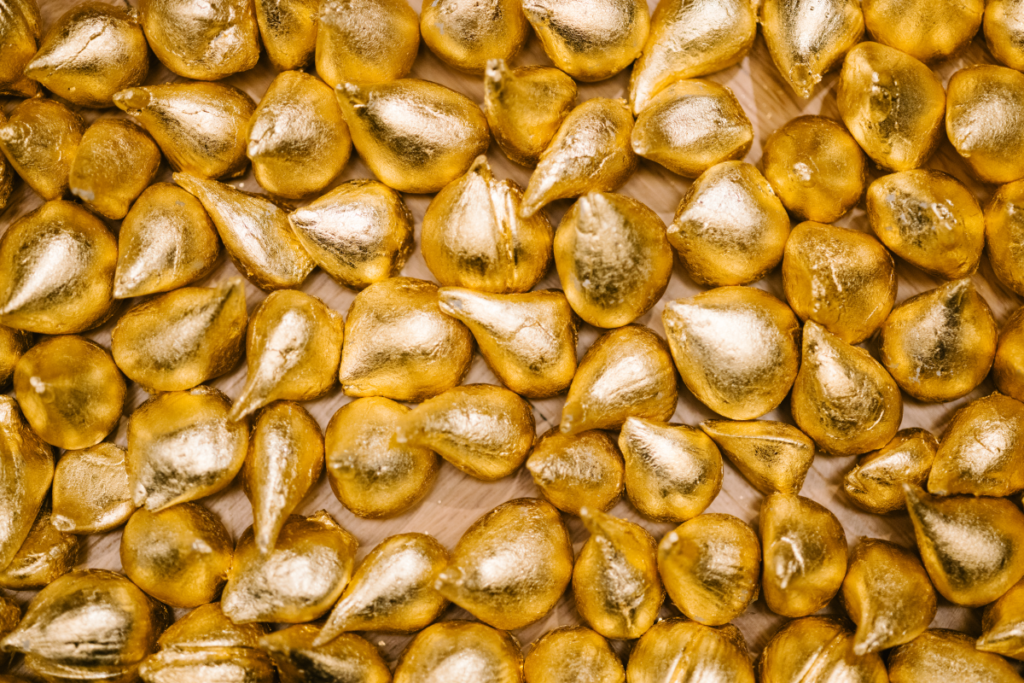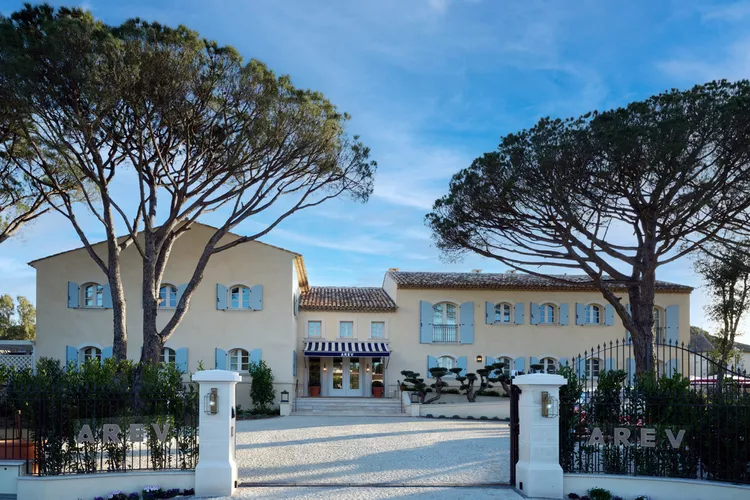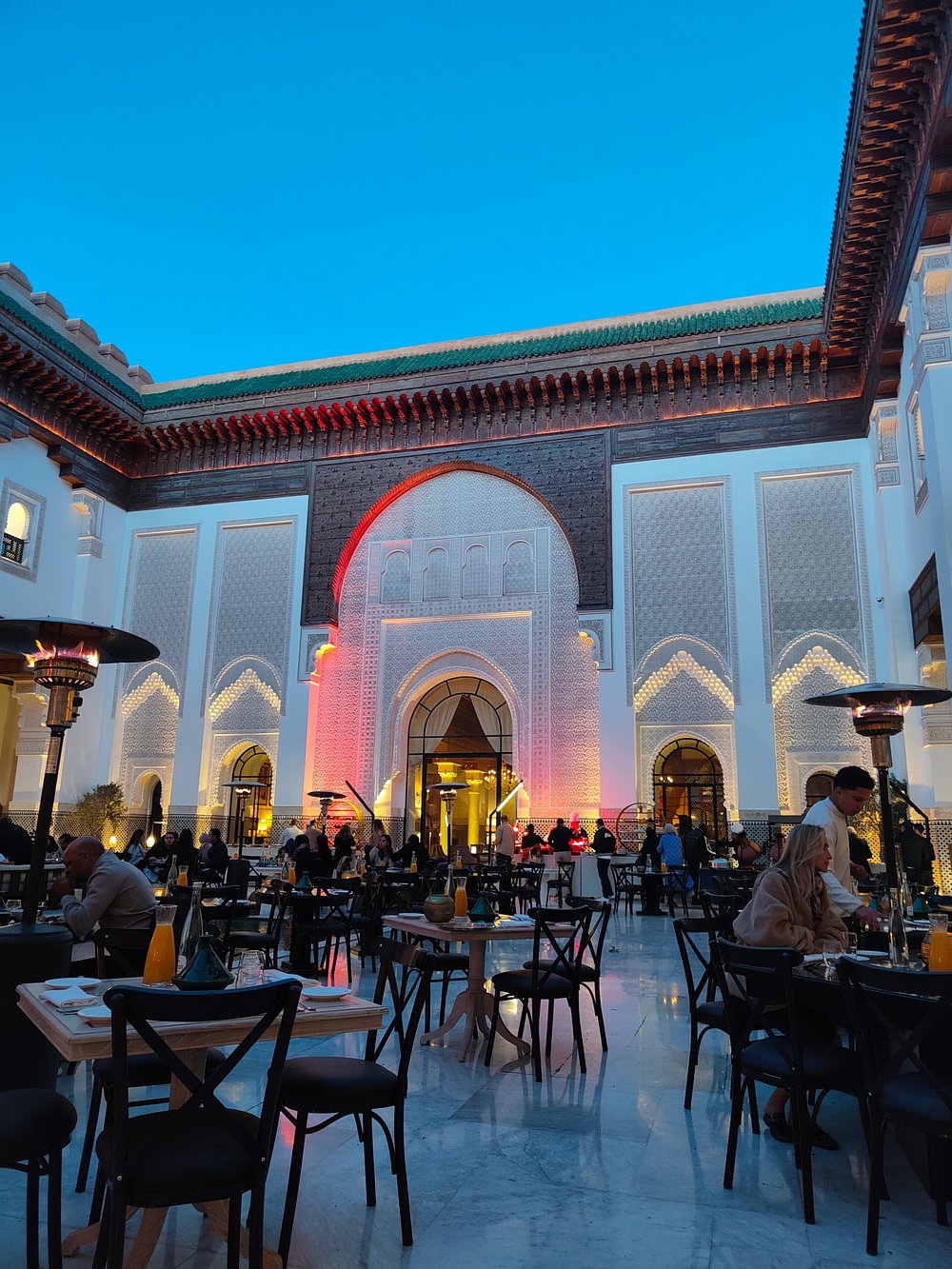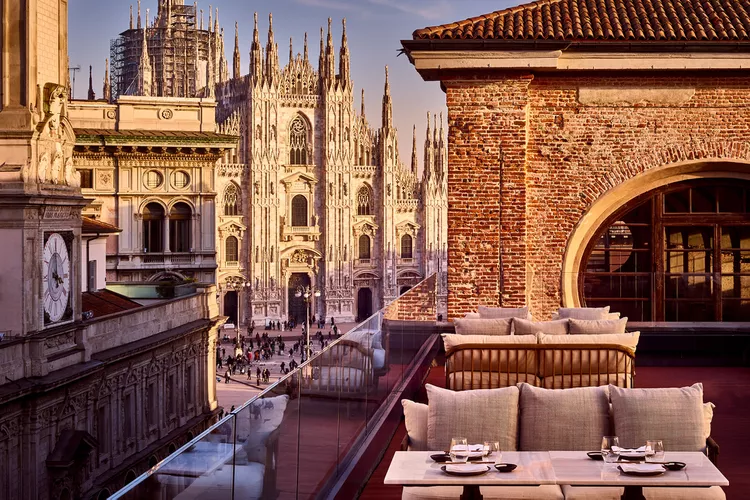In the realm of art, the concept of a “sightline” is crucial. It refers to the unobstructed visual path that connects an observer to a work of art, allowing them to immerse themselves in its nuances, details, and emotions. But more often than not, this privileged perspective has been reserved for art that falls within Euro-American canons, relegating art from Africa, Asia, South America, or Indigenous groups to the periphery of museum galleries. The Bard Graduate Center’s latest exhibition, “SIGHTLINES on Peace, Power & Prestige: Metal Arts in Africa,” is on a mission to redefine these sightlines and bring African art to the forefront.
A Fresh Perspective

This groundbreaking exhibition shatters the traditional mold by uniting historical African metal arts from the 19th and 20th centuries with contemporary works by African artists. Over 140 historic pieces from diverse cultures, including Mali’s Mande smiths, Nigeria’s Edo chiefs, and Ghana’s Akan people, share the stage with modern creations by artists like Radcliffe Bailey, Otobong Nkanga, Nari Ward, and Amanda Williams, among others.
The exhibition’s installation, masterminded by the architecture firm AD–WO, encourages visitors to engage with these two different temporal dimensions. The historical metalworks take center stage within vitrines and glass cases, often bridging the galleries. Simultaneously, contemporary paintings and sculptures grace the edges of the rooms. This innovative arrangement allows viewers to simultaneously explore the past and present, offering fresh perspectives with each step.
A Journey through Time
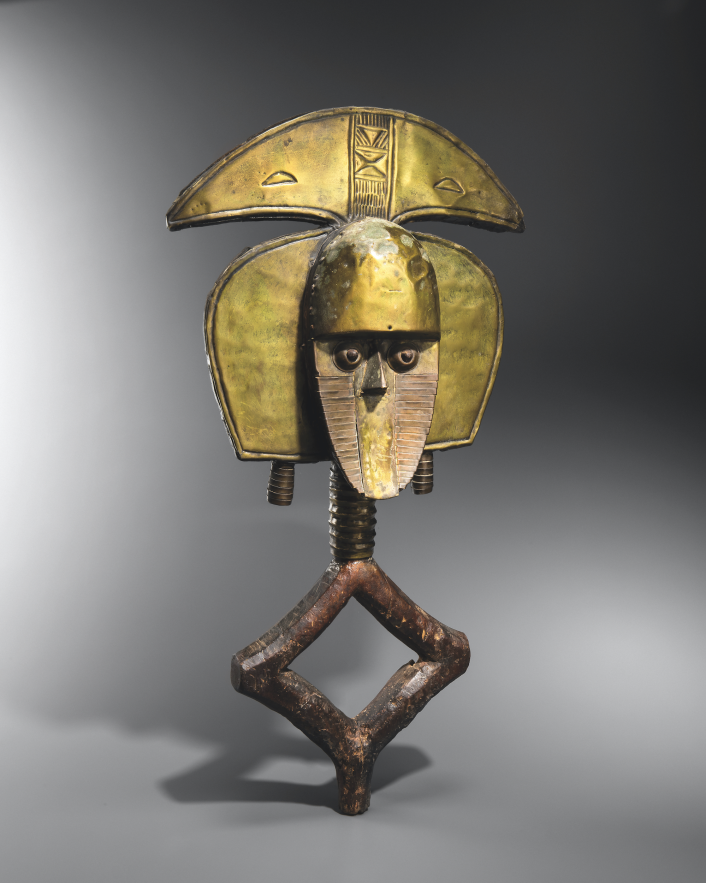
The metalworks on display serve as poignant reminders of the critical roles these objects have played in African history. Saidiya Hartman’s concept of “critical fabulation,” blending fact and fiction to unearth marginalized narratives, finds resonance here. These metalworks aren’t just relics of the past; they are vessels for the stories they may have sparked.
One striking example is a resplendent jewelry ensemble, featuring hair ornaments, earrings, a necklace, a ring, and a bracelet, crafted by Senegal’s “Queen of Couture,” Oumou Sy, in 2017–18. This opulent set of gold jewelry pays homage to Senegal’s medieval, gold-rich kingdoms and the local women, known as signares, who wielded economic influence over European colonizers.
Currency and the Unseen Power
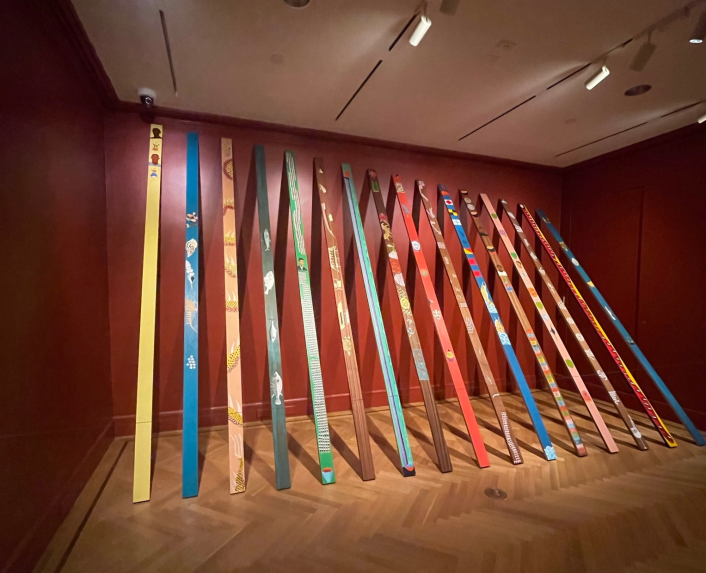
On the exhibition’s third floor, objects that once served as currency take center stage. Before European contact, the Kingdom of Kongo utilized copper, brass, and various alloys as currency. Amanda Williams’s sculpture “Semper Augustus Chicagous” (2022) commands attention, with dozens of cement-cast tulip bulb sculptures adorned in imitation gold leaf. These golden tulip bulbs invoke the Dutch Golden Age’s “tulip mania,” a time when the flower’s value skyrocketed to unprecedented heights before its dramatic crash in 1637, causing economic turmoil. Williams ingeniously connects this historical event to contemporary discriminatory financial practices, shedding light on the irrationality of these injustices.
An Artistic Intervention

“SIGHTLINES” is more than an exhibition; it is an intervention. It confronts the challenges that curators face when displaying non-Western art and artifacts. It offers a fresh perspective on the rich tapestry of African metal arts, spanning themes of devotion, currency, architecture, and domesticity. Through this captivating show, we glimpse the joys of embracing new perspectives, casting a radiant light on the importance of African metalworks that traverse the continent.
In an art world that often relies on established sightlines, “SIGHTLINES on Peace, Power & Prestige” serves as a powerful reminder that the past and future of African metal arts deserve a well-deserved place in the spotlight.
